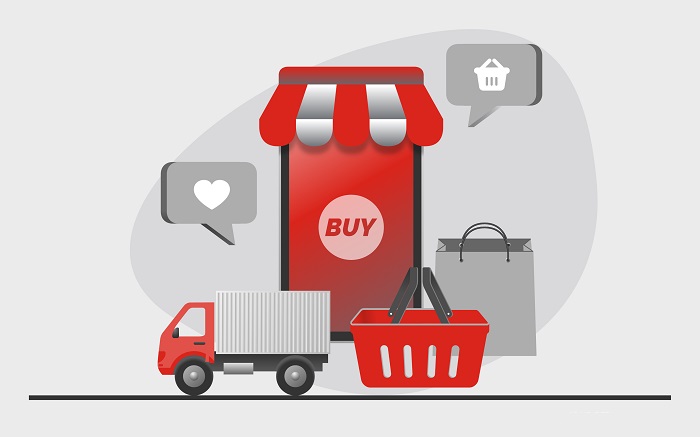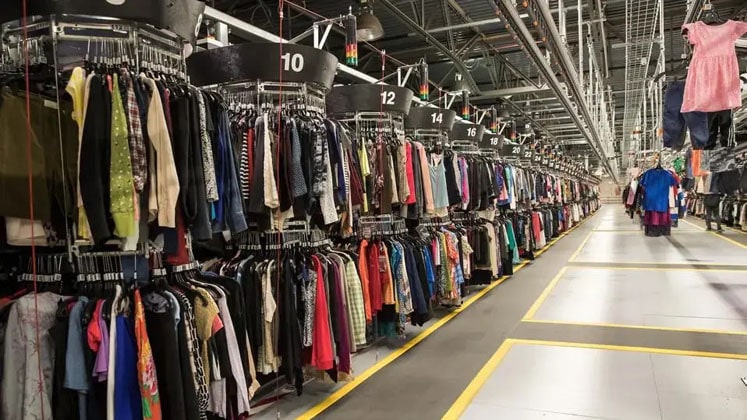
Always a draw for customers, the free return policy offered by e-commerce platforms seems to spur a spate of impulsive purchases which eventually are returned. Returns can be costly for the e-retailer. In the US, The National Retail Federation found 18.1 per cent items purchased online in 2020 were returned. In most cases, returns mean the retailer paid for shipping to and from a customer without getting a sale, plus returned merchandise can’t always be resold, and those costs hit their bottom line. However, some retailers disagree as they know that those who purchase the most return the most.
Fee on returns
After years of subsidizing them, more retailers are charging customers to send back unwanted goods. It’s a risky move because shoppers have become accustomed to buying an item in multiple sizes and colors and returning what doesn’t fit for free. Looking back at 2022, return policies of retailers underwent change in the US, one of the largest e-commerce markets in the world. In 2021, the number of large retailers in the US and Europe who introduced a return fee policy were 31 per cent and it rose to 40 per cent in 2022. Brands like Zara, J Crew, Boohoo and Abercrombie & Fitch are on this list. Zara now charges UK customers £1.95. Emboldened by such a large retailer implementing this change, others feel confident of their decision to do away with free returns.
Making business sense
Moving away from subsidizing returns was a thought-through decision for the global e-commerce sector as they spent the past two decades removing costs from supply chains and customer service. Returns had not been looked into, leaving them as one of the few places with lots of room for reducing expenses. They are costly because of the labour to have them shipped back, inspected and put up for resale. Investors are demanding that online businesses focus on increasing profitability rather than focus on growth. Year 2022 seems to be the one when free return policy was heavily weighed.
The pandemic had seen a huge growth in online shopping as people couldn’t access physical stores for health safety issues. This spate of buying also meant a larger than before number of returns. Lockdown disruptions created an inventory glut in categories such as apparel, which is expected to increase discounting and the potential for shoppers to return goods when they see better deals. As Amit Sharma, CEO and Founder of Narvar a post-purchase customer experience platform said in a recent media interaction, consumers experiencing the highest inflation in four decades are more frugal, increasing the chances that they second-guess a purchase and return it. On the other hand, increased costs for transportation, energy and labour have made returns even more expensive, giving e-retailers the raison d’etre for them to change their return policies. The cost of processing returns has eroded margins too much to be able to continue with it according to industry experts.
Indian e-commerce players follow global trends
Myntra, the mega local e-commerce giant has reviewed and renewed its return policy after experiencing an unnaturally high number of returns. It has started identifying customers who have a record of higher number of returns than the average and adding a convenience fee of Rs 299 for subsequent purchases, ensuring that the cost of return is covered.
Customers who were Myntra loyalists because of their zero per cent return fee policy and leveraged it to buy large number of items and then return most, are dismayed. Many such customers spoke out about transferring their shopping to Amazon which continues to provide free returns. Of course, it remains to be seen if Amazon will join the bandwagon.
Charging customers for returns is a business policy that will see an immediate reduction on operating costs for e-retailers and discourage impulsive purchases which are more often than not returned. This is also a step towards wasteful consumption. The way forward for brands is to ensure that customers who wish to return can do so by visiting the nearest physical store and getting a reward for it. The returned goods are then immediately put back in circulation which unclutters the e-commerce inventory. Another way is to provide AI assisted online trials to help customers make the right choices, thereby doing away with the need to return.












